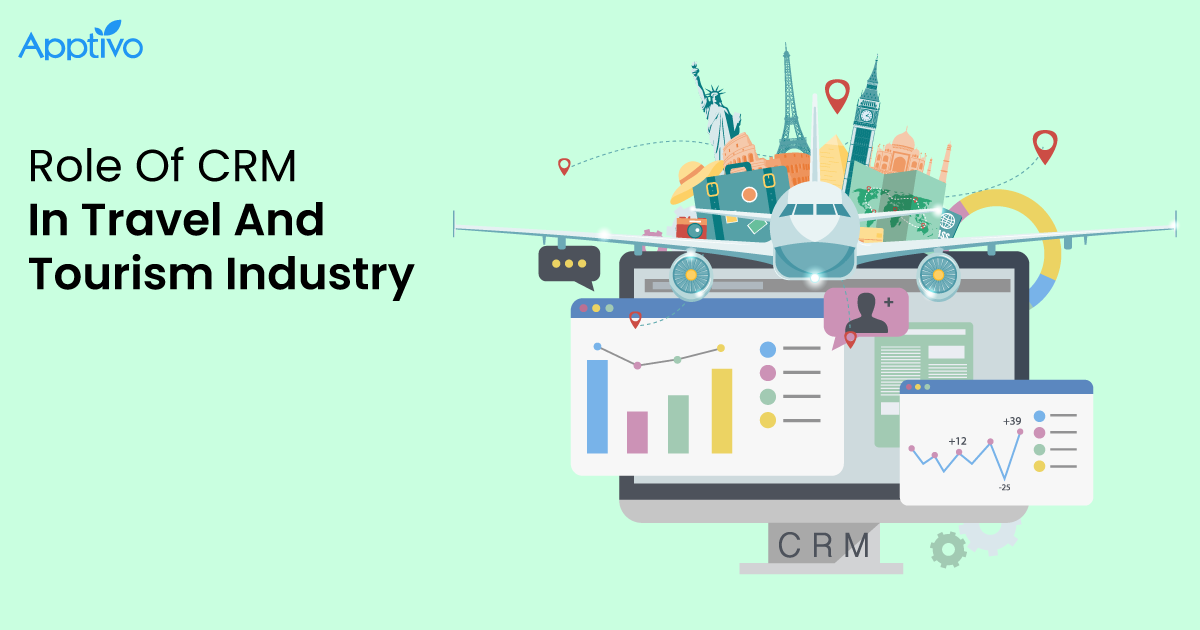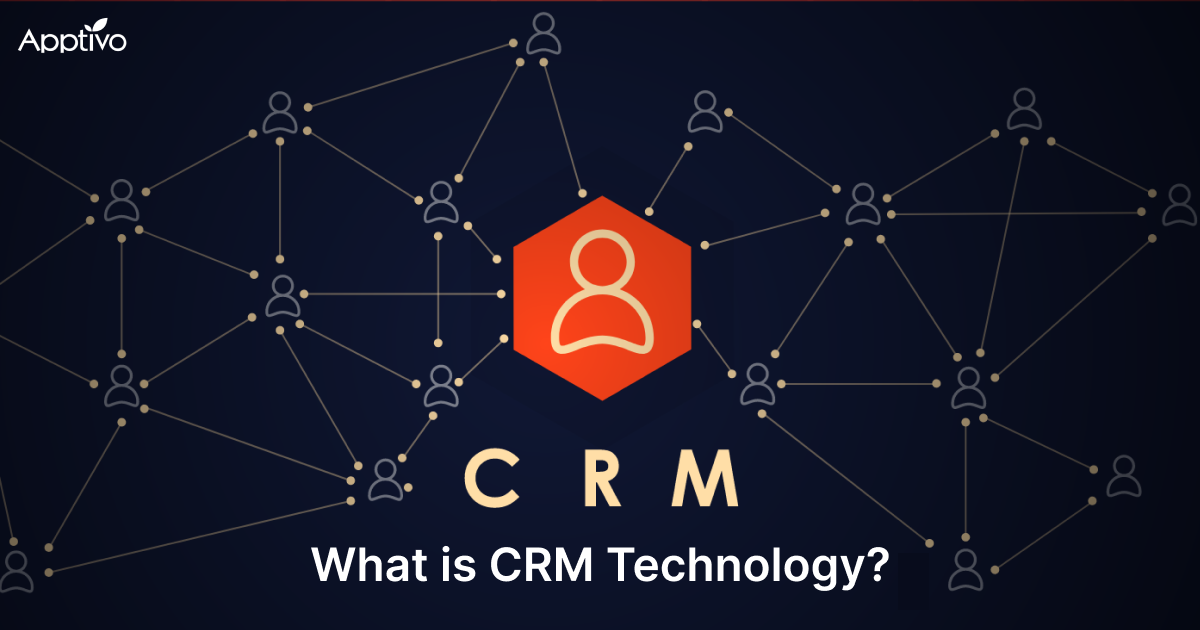 |
3. Lead Stage Journey: Uncovering the Road to Conversion Path
4. Difference between Lead stages and status
5. Define Apptivo lead lifecycle stages – the sales process
“Rome wasn’t built in a day”. Similarly, successful lead management is a never-ending process that demands meticulous preparation and execution. Businesses may effectively handle these hurdles and optimize their sales process by identifying and creating lead stages. So, let us plunge into the world of lead phases and arm ourselves with the tools we need to conquer these challenges and achieve sales success.
What are lead stages?
Lead stages represent the various phases that prospective buyers go through as they progress towards purchasing a product or service.
As potential customers progress towards purchasing a product or service, they go through different stages, each with its own unique characteristics. First, comes the “Awareness” stage, where customers become mindful of the product or service and explore their options. Then, comes the “Interest” stage, where they start showing interest and engaging with the business. Next, the “Consideration” stage, where they compare options and seek opinions before making a decision. Finally, the “Conversion” stage, where they become a committed customer. Let us now delve deeper into every stage.
When discussing the lead stage, it’s vital not to neglect the importance of the lead scoring concept. In lead management, these two components constitute a powerful duo. Lead scoring helps us to analyze data and estimate a lead’s potential, whereas lead stage functions as a guiding force moving those leads through several phases of the sales process. Hence, forming a tremendous synergy in handling and nurturing leads towards successful conversion.
Lead Stages
Lead stages are similar to a cat and mouse game between a company and potential buyers, in which the customers are pursued by the company’s marketing efforts and must decide whether or not to accept the bait and buy. The custom stages are:
Awareness stage
Being the first step in the lead stage, customers take ample amounts of time to explore more about what he is looking for irrespective of having the plan to buy or not. For instance, let us consider a company that sells eco-friendly products.
Here, the potential customer may become aware of the adverse effects of conventional cleaning products on the environment and their health during the awareness stage. They may start searching for information on eco-friendly products and ways to reduce their carbon footprint.
To attract these potential prospects, firms publish blogs, social media posts, and Audiovisuals that educate them about the adverse impacts of traditional products and the benefits of switching to eco-friendly items.
The company can establish itself as a thought leader in the eco-friendly arena and create a positive impression in the eyes of potential clients by giving relevant information and education. This can result in more leads and conversions later in the buyer’s journey.
Interest stage
In the interest stage, the potential customer has already identified their problem or need and is actively looking for solutions. They are seeking for more precise information on the various solutions and will most likely be comparing different possibilities.
Businesses can employ a variety of strategies to grab the interest of prospective customers at this point. Lead magnets and content marketing are two efficient strategies for sparking the curiosity of potential buyers while they are still in the consideration stage.
Companies can show their expertise and give more thorough information about their product or service by supplying these magnets, which may encourage potential customers to decide to make a purchase.
Consideration stage
The consideration stage is like a fierce competition where businesses battle it out to win over potential customers. Customers are carefully assessing the various market possibilities and weighing the merits and cons of each at this time. To succeed, firms must provide the best answer for the customer’s needs and demonstrate why their solution is superior to the competitors. It’s a make-or-break point in the lead generating process that determines who wins and who loses.
Conversion stage
The conversion stage is the point in the lead generating process where potential customers decide whether or not to buy a product or service. At this step, businesses must persuade potential customers that their solution is the best fit for their needs and encourage them to take action, whether that action is a purchase, a subscription, or scheduling an appointment.
For example, let’s say a potential customer has been considering getting a gym membership. During the conversion stage, the gym would need to convince the potential customer to sign up for a membership. They could achieve this by offering a clear and concise overview of their membership packages and advantages besides providing transparent pricing and simple online registration forms.
Ultimately, the conversion stage is the most significant phase in the lead generation process as it is where potential customers turn into paying customers. Businesses can successfully convert potential clients and reach their sales targets by making the purchasing process as simple and frictionless as possible, as well as by giving incentives and social proof.
Lead Stage Journey: Uncovering the Road to Conversion Path
Difference between Lead stages and status
Imagine any business to be a train excursion with passengers on board. Lead stages are similar to the many stops along the trip, reflecting the significant milestones that their leads must pass through before becoming ideal customers.
If the company is a product-based company, for example, the lead phases could be “Awareness,” “Consideration,” and “Decision.” Each of these stages represents a distinct stage in the consumer experience, from first product awareness through final purchase decision.
Lead statuses, on the other hand, function similarly to railway tickets, informing passengers of where they are and what they are doing. For example, the company may have leads with statuses such as “Opened Email”, “Visited Website”, or “Requested Demo”. These statuses provide detailed information about each lead’s behaviors and level of involvement, allowing them to tailor their messaging and approach accordingly.
Lead statuses become the key to unleashing the full potential of their customer journey when their marketing automation platform and CRM are connected. They enable seamless collaboration between marketing and sales teams, with complete visibility into the status of each lead and the actions required to move them to the next stage.
Define Apptivo lead lifecycle stages – the sales process
 |
Apptivo lead lifecycle stages refer to the various stages of the sales process that a lead goes through, from initial contact to becoming a customer. It can be customized to meet the individual needs of a business, however they typically contain the following stages:
New Lead: This is the first stage in which a new lead is entered into the system.
Contacted: A lead’s status is changed to “Contacted” once they have been contacted, whether by email, phone, or other means. This step is critical for tracking which leads have been contacted and which still require follow-up.
Qualified: Furthermore, if the lead exhibits interest and fits the product or service standards, they are considered “Qualified.” This indicates that they are a potential consumer who should be developed further.
Proposal Sent: When a proposal or quote is sent to a qualified lead, their status is changed to “Proposal Sent”. This stage is critical for tracking which leads are at this level in the sales process and need to be followed up on.
Negotiation: If a lead has reacted to the proposal and is in negotiations with your team, their status is changed to “Negotiation”.
Won/Lost: When a lead is ready to buy a product or service, their status changes to “Won”. If they opt not to proceed, their status is changed to “Lost”.
Businesses can gain a clear idea of where each lead is in the sales process and what activities need to be taken to drive them closer to becoming a customer by tracking leads through these stages in Apptivo.
How do you implement lead stages and status?
 |
Summary
Want to increase your sales and convert more leads into customers? Then understanding lead stages is critical for your business! This blog provides a complete introduction to what lead stages are and how to identify and create them. With these strategies, you’ll be able to take your business to the next level and close more deals than ever before!
Latest Blogs

Role Of CRM In Travel And Tourism Industry
Travel and tourism have been a significant part of everyone’s life since the ancient period. When we skim through the pages of history, It should be noted that humans were initially nomads before they became settled in one place. They...
Read more →
WHAT IS CRM TECHNOLOGY?
Introduction CRM is a technology that helps manage the entire customer information and interactions in order to build and maintain superior customer relationships. The CRM solution replaces spreadsheets and other different applications, which makes it easy for the businesses to...
Read more →
Everything you need to know about the Annual Maintenance Contract!
1. What is an Annual Maintenance Contract? 2. Benefits of Maintenance Contracts 3. How can Apptivo CRM help you manage maintenance agreements and vendors? 4. Summary Think about getting the confidence that the machinery is well-maintained and performing optimally, without...
Read more →
